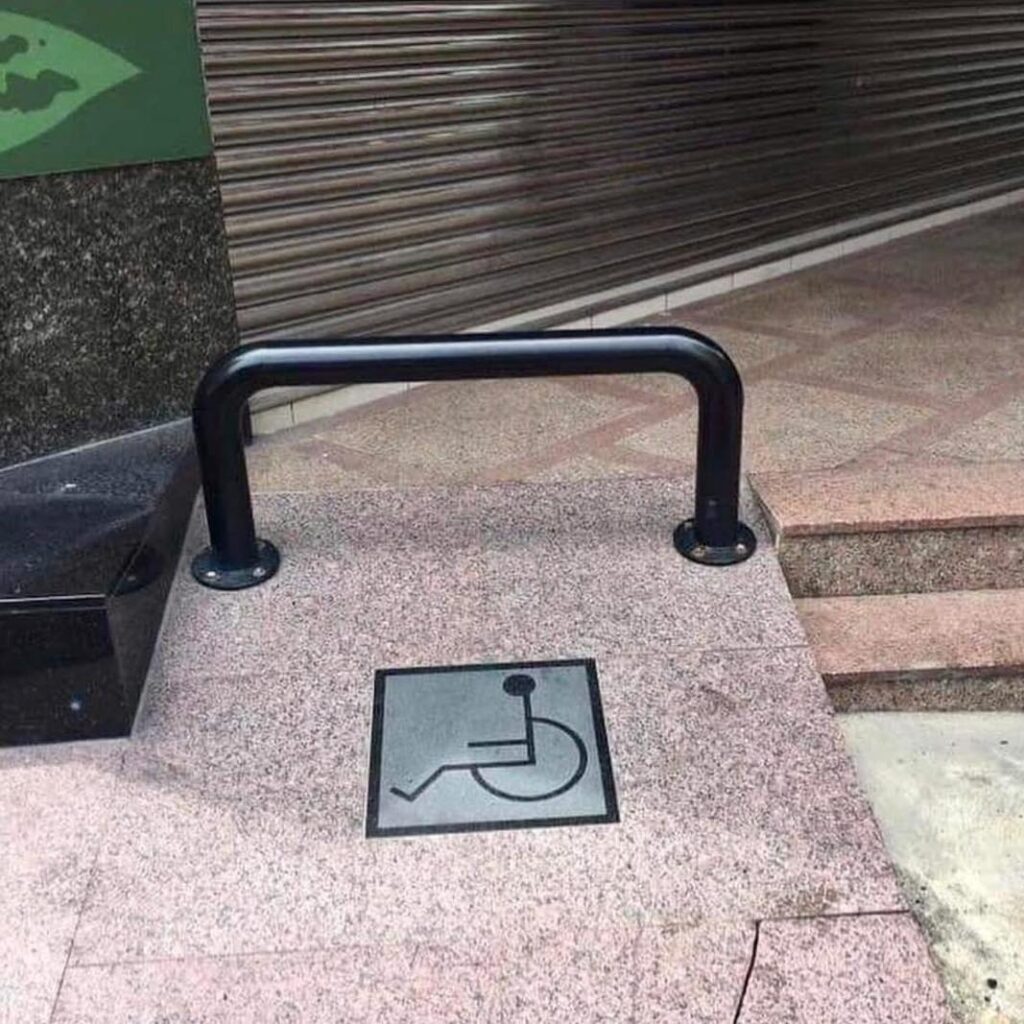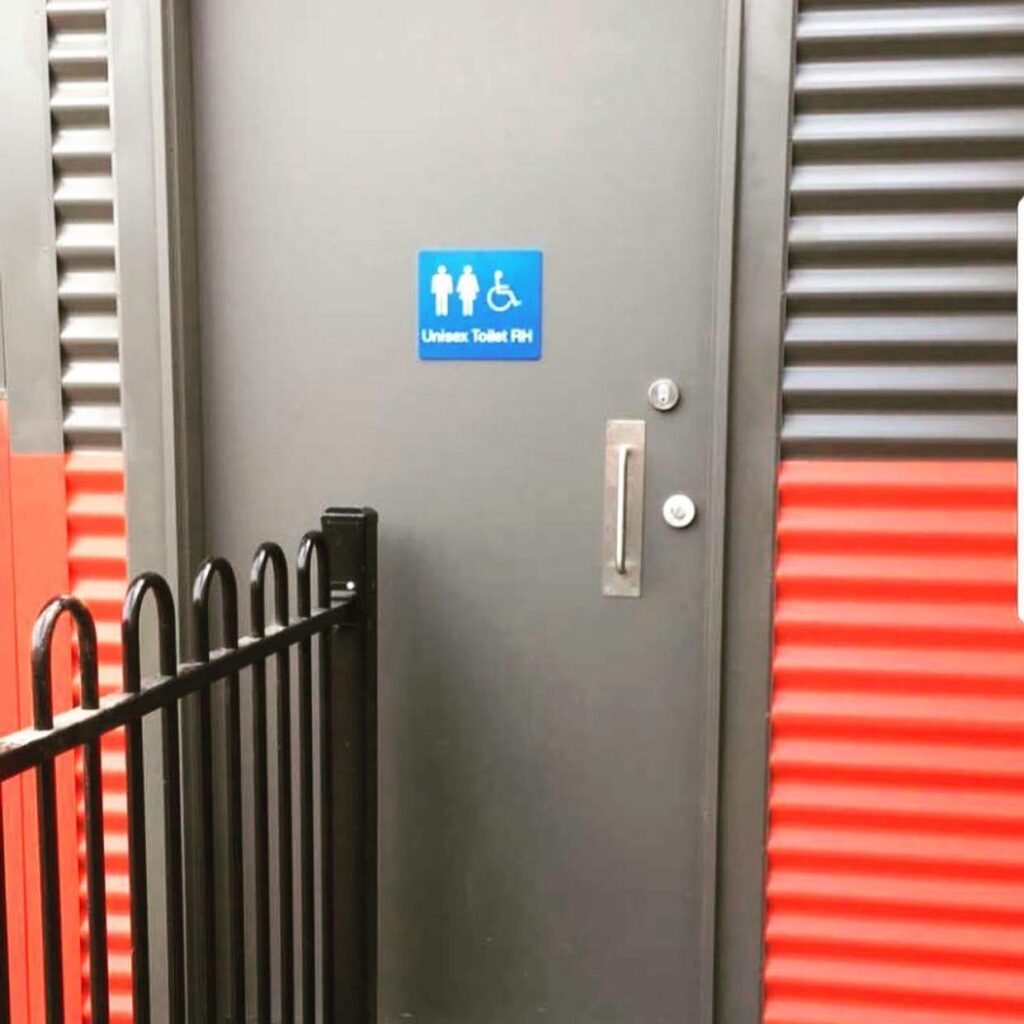

Planning Ahead1. Use Accessibility-Focused AppsTechnology can be a game-changer for accessibility. Apps like Wheelmap and AccessNow provide crowd-sourced information about the accessibility of public spaces, from restaurants to restrooms. Use these tools to plan outings with confidence.2. Research LocationsBefore visiting a new place, call ahead or check their website for accessibility information. Look for details like ramps, elevators, and accessible restrooms. Reading online reviews from other wheelchair users can also provide invaluable insights3. Carry Essential GearPortable equipment like lightweight ramps or seat cushions can make navigating less accessible environments easier. Keep a toolkit handy for unexpected situations, such as a flat tyre or loose bolts.

Transportation Tips1. Know Your Public Transit OptionsFamiliarize yourself with local transit systems that offer wheelchair-accessible buses or trains. Many cities provide maps and schedules specifically for accessible routes. Don’t hesitate to contact customer service for guidance.2. Ride-Sharing ServicesServices like Uber WAV and Bolt offer wheelchair-accessible vehicles in select areas. Be sure to confirm availability in advance, especially during peak hours.Yes, Uber WAV is available in South Africa, and riders can request a wheelchair-accessible vehicle (WAV) through the Uber app. To request a WAV, riders can:
- Open the Uber app and enter their destination
- Select WAV at the bottom of the screen
- Confirm the pickup and destination addresses
- Tap Confirm WAV
Adapting in Less-Accessible Spaces1. Use Portable SolutionsA portable ramp or threshold bridge can quickly address small steps or uneven surfaces. These are compact enough to carry and can be a lifesaver in tricky situations2. Advocate for ChangeSpeak up when you encounter accessibility issues. Whether you inform a business about a missing ramp or contact local officials about sidewalk barriers, advocacy helps improve conditions for everyone.
Building a Support Network1. Connect with Local GroupsJoining a local wheelchair user group or disability organization can provide support, resources, and camaraderie. These groups often share tips and organize events tailored to accessibility needs.2. Share KnowledgeExchange tips with others in the community about navigating specific challenges. Online forums and social media groups can also be great resources for advice and recommendations.ConclusionWhile accessibility challenges persist, preparation, creativity, and community can help wheelchair users navigate the world more smoothly. By planning, using available tools, and advocating for better access, you empower yourself and pave the way for greater inclusion.